Macrocarpa & Lusitanica
Macrocarpa and lusitanica are closely related cypress species with similar timber. However, age of trees has a major influence on timber properties. Younger trees produce wood of lower density and lighter colour than older trees.
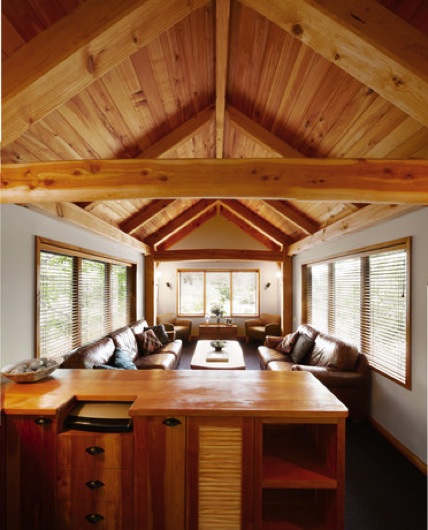
Macrocarpa is a well known decorative softwood timber which is very popular in New Zealand. The appearance is similar to Kauri and quartersawn material has a speckled appearance. The heartwood is golden-brown in colour, sometimes with a pinkish tinge.
When freshly cut, macrocarpa has a fragrant spicy odour.
Macrocarpa and lusitanica are relatively easy to mill, dry, work and finish, and are suitable for interior feature linings, joinery and furniture, framing and structural and exteriorGeneral framing, structural, weatherboards, exterior joinery, decking, outdoor furniture, gates, stock yard fencing, battens uses.
| Properties | Macrocarpa | Lusitanica |
|---|---|---|
| Density | 485 kg/m3 | 460 kg/m3 |
| Tangential shrinkage (green to 12% moisture content) | 3.3% | 2.6% |
| Radial shrinkage (green to 12% moisture content) | 1.6% | 1.4% |
| Hardness | 3.44 kN | 2.6 kN |
Product qualities
- Low shrinkage, excellent stability and workability;
- Appearance and visual appeal. An attractive furniture timber.
- Heartwood naturally durable.
- Quite soft.
Uses and Applications
Exterior
Boatbuilding, general framing and structural*, weatherboards, exterior joinery, decking, outdoor furniture, pergolas, surfeit, facia, gates, stock yard fencing, battens.
Interior
Timber framing, posts, exposed beams, lintels, window joinery, solid wood benchtops, ceiling sarking, architraves, skirtings.
Physical and mechanical properties
Macrocarpa is a moderately stiff and strong timber and suitable for a range of light structural uses.
Because of its fine and even texture, macrocarpa turns and machines well provided knives are kept free of extractives. Machines and sands to a high-quality finish.
Excellent dimensional stability and will shrink and swell less than radiata pine with changes in atmospheric humidity.
Macrocarpa is a fairly soft timber.
Natural durability is good, however in ground contact this is limited.
A good timber for boat building. However, it cannot be steam bent.
Macrocarpa, when dry, will accept a variety of paints, oils, two pot resins and varnishes. A wide range of glues can be used with macrocarpa.
Availability
Normally available in the marketplace
Durability
Internal uses
Under internal conditions, both the heartwood and sapwood are resistant to Anobium (common) borer.
Sapwood (See NZS 3602) can be boron infused for structural uses within the building envelope.
Heartwood (See NZS 3602) can be used for structural uses within the building envelope.
Macrocarpa heartwood durability is equivalent to structural grade radiata pine treated to Hazard Class H3.2. However, to comply with Clause B2Have a durability of at least 50 years - Clause B2.3.1 (a)(i) of the Building Code the timber must:
- be heartwood;
- not be in ground contact;
- be easy to replace;
- be surface treated with an appropriate preservative;
- have cut ends suitably capped.
Showcase

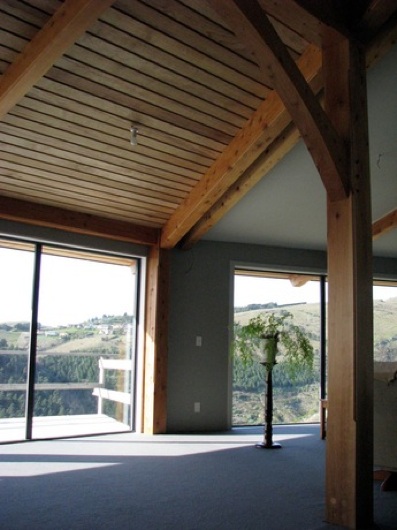
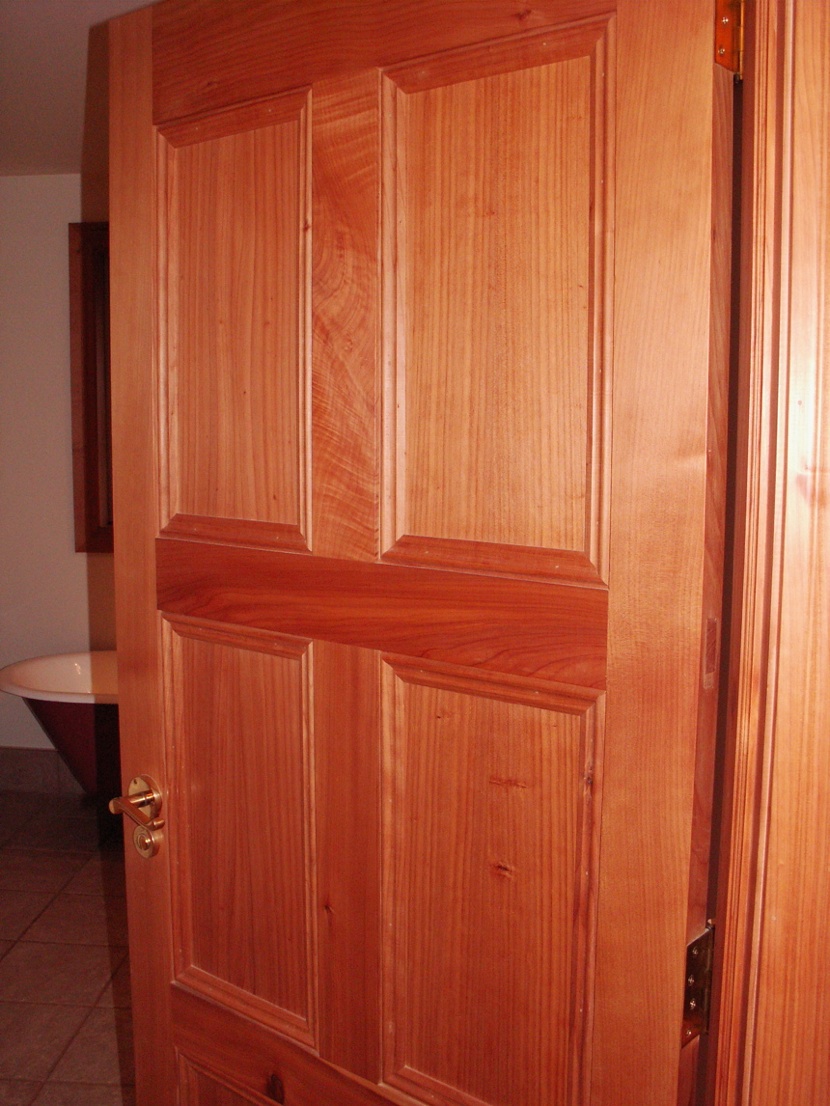
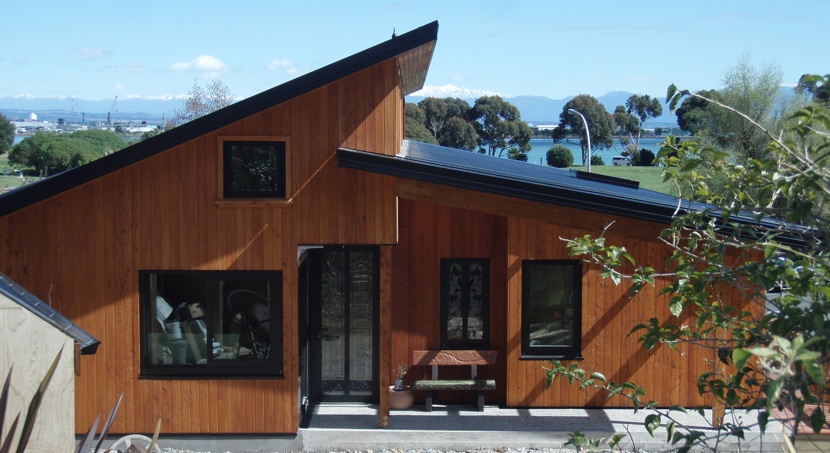
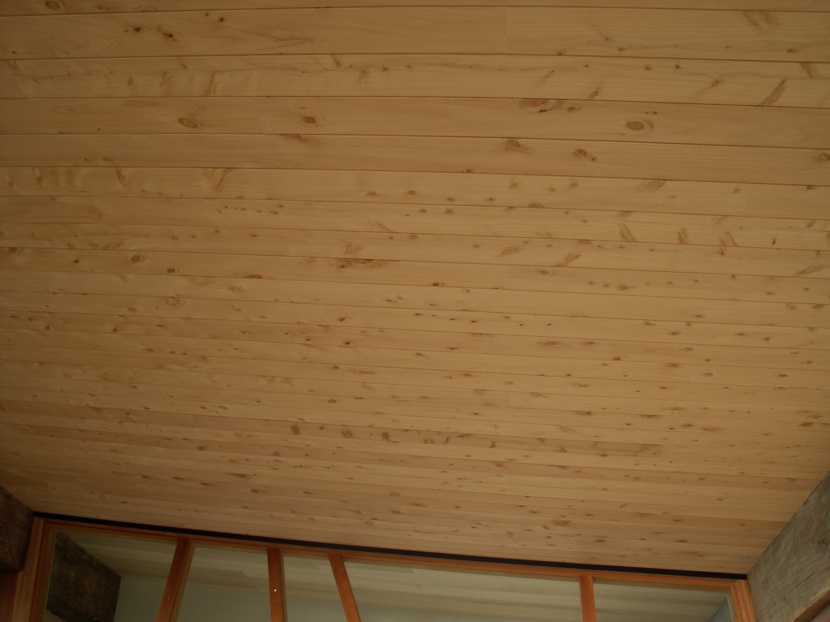
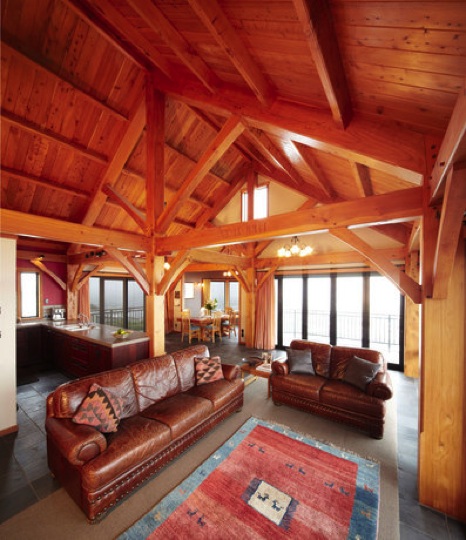
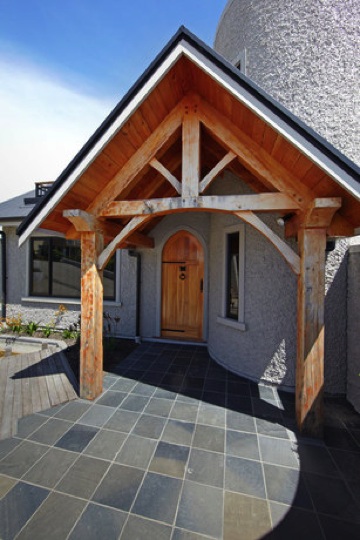
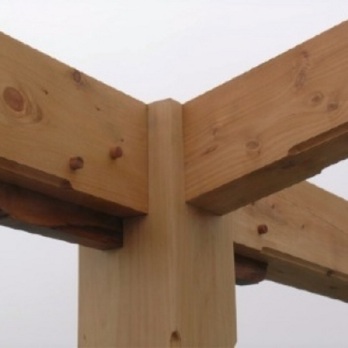
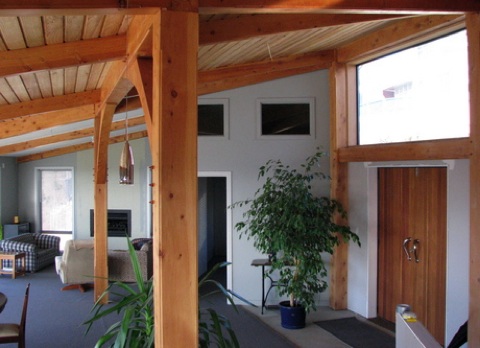
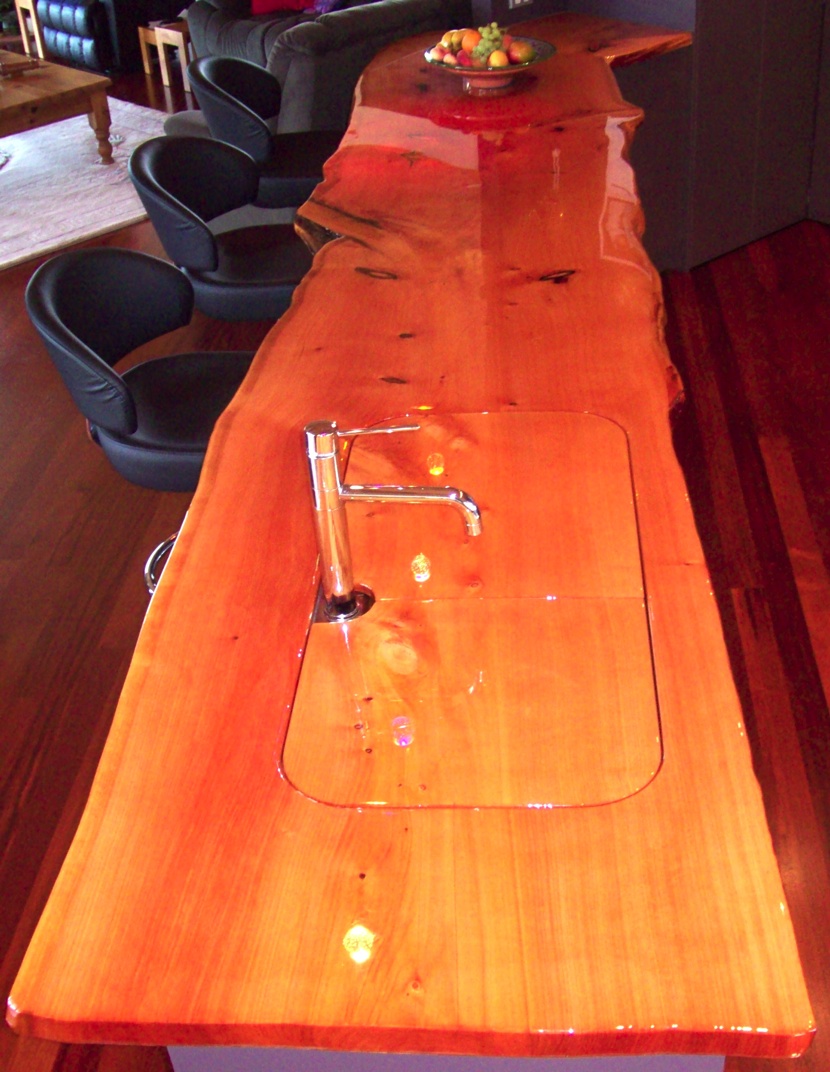
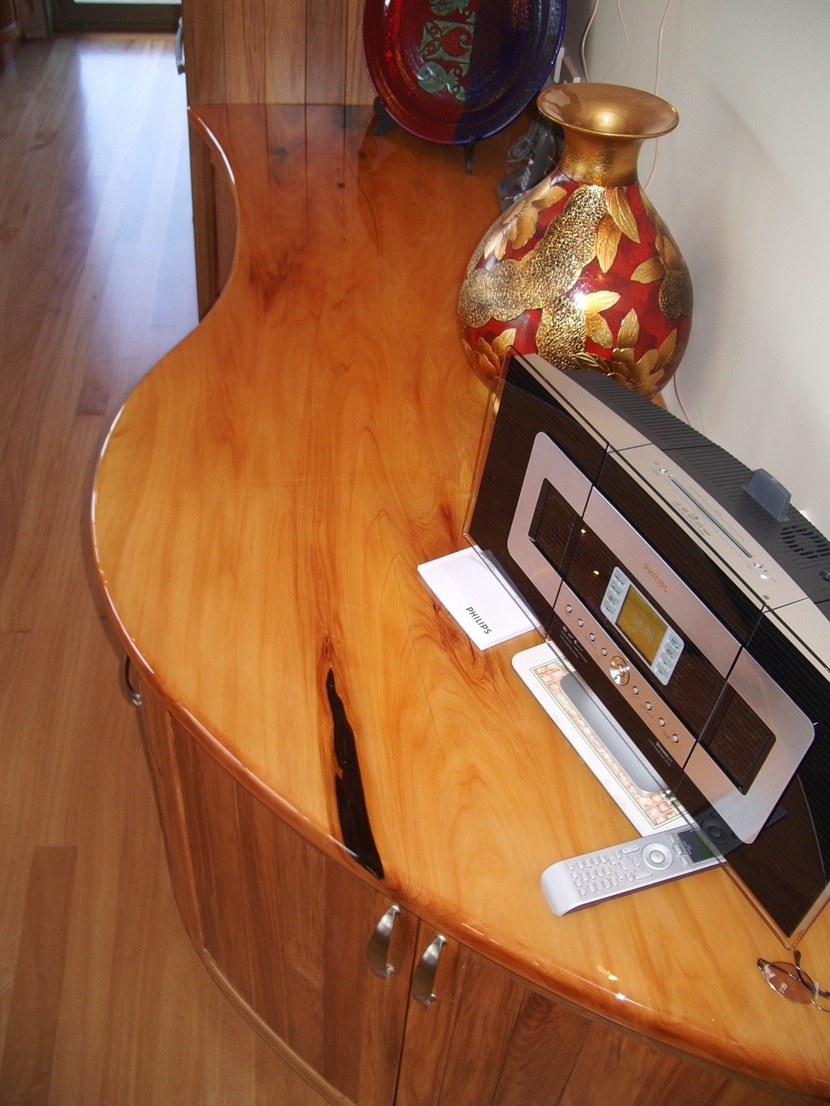
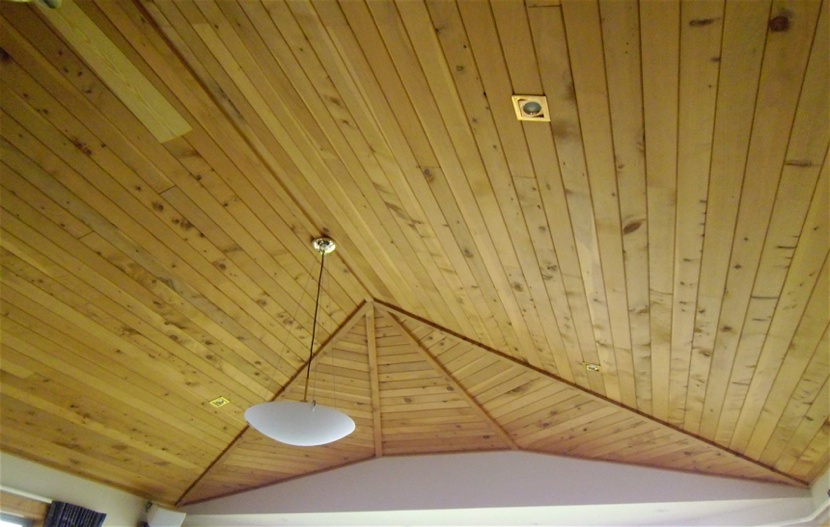
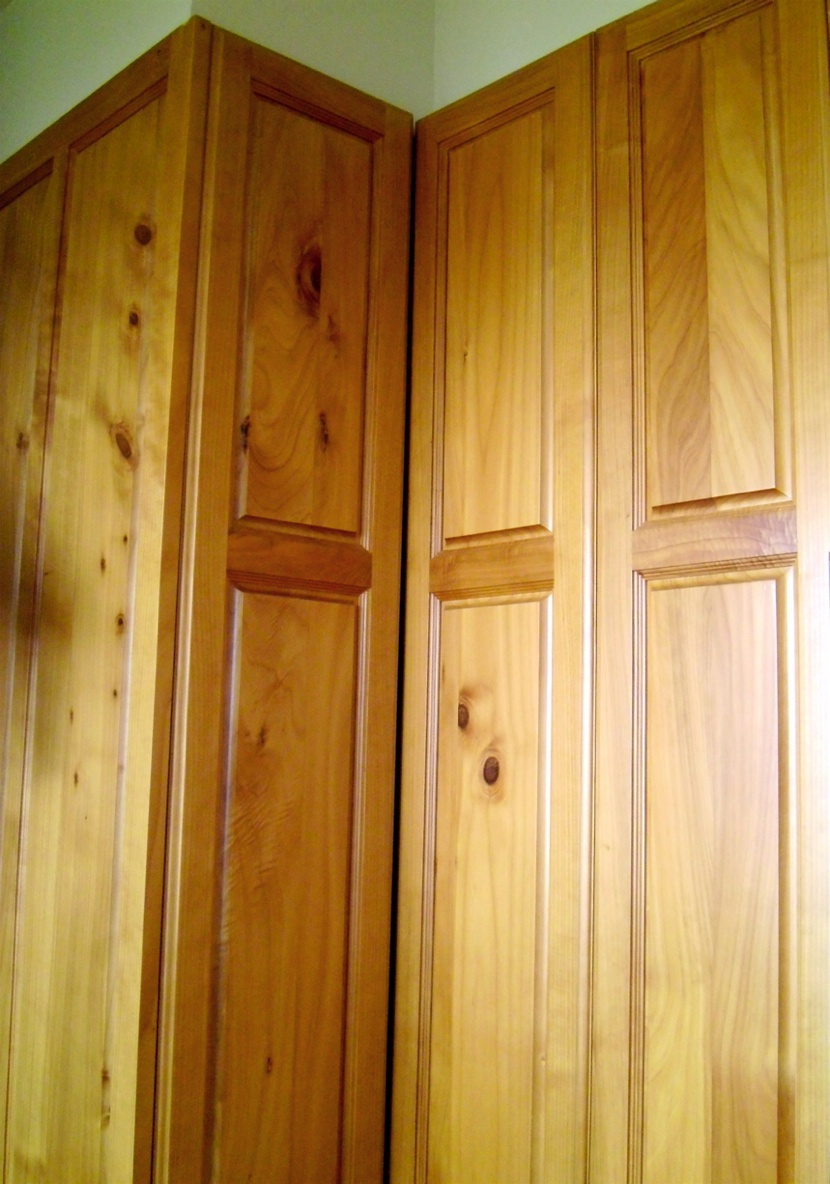
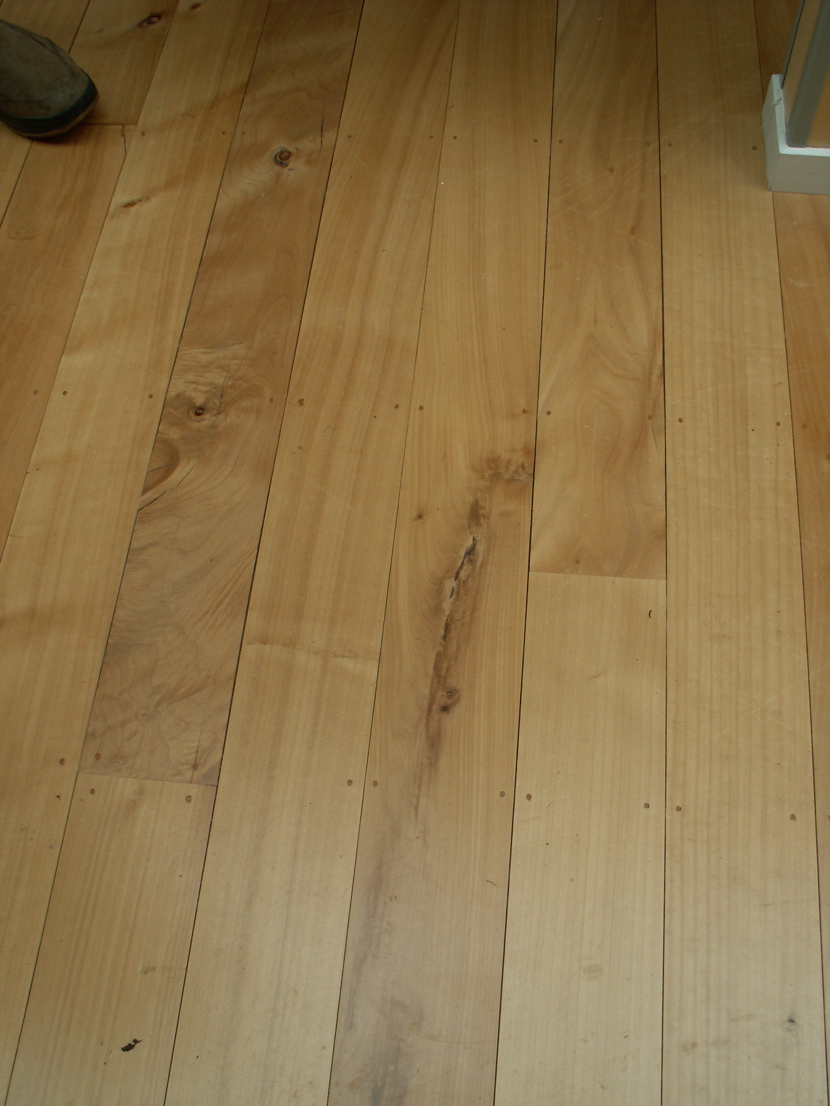
Disclaimer: While every effort is made to ensure the accuracy of the information provided on this site, Farm Forestry Timbers Society do not accept liability for any consequences arising from reliance on the information published. If readers have any doubts about acting on any articles they should seek confirming, professional advice.
 Farm Forestry New Zealand
Farm Forestry New Zealand Farm Forestry Timbers - Headlines
Farm Forestry Timbers - Headlines